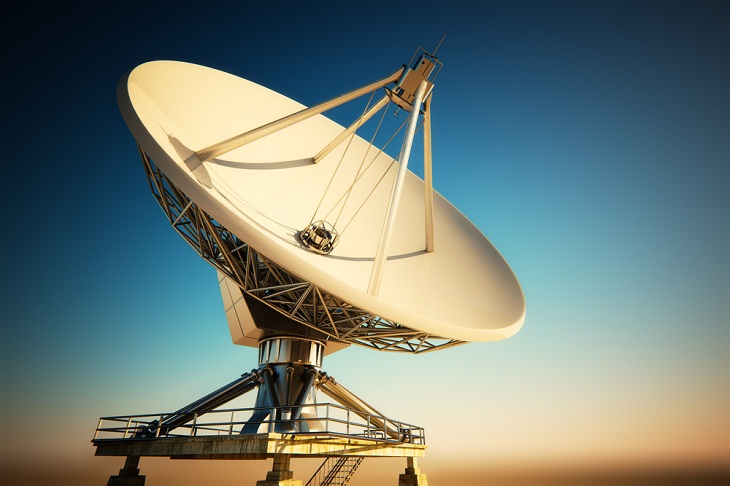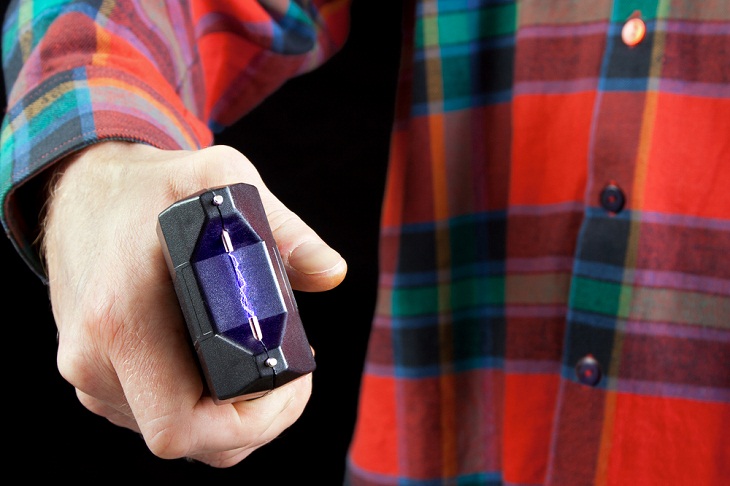The term "LASER" stands for "Light Amplification by Stimulated Emission of Radiation". While the full name accurately describes the technology, it is quite cumbersome to remember and use in everyday conversation. The acronym LASER conveniently condenses the lengthy phrase into a concise and recognizable word.
Lasers were first invented in 1960, but the term itself was introduced a year earlier. Physicist Gordon Gould coined the term LASER when authoring a paper discussing this revolutionary technology. His contribution not only shaped the field of laser science but also established a widely recognized acronym that has permeated various aspects of modern life.
2. Captcha
If you've ever used a computer, chances are you're familiar with CAPTCHAs. These little (often annoying) tests, found on certain web pages, require you to solve a math problem or type a word to verify your humanity. What you might not realize is that "CAPTCHA" is actually an abbreviation with a full meaning. It stands for "Completely Automated Public Turing test to tell Computers and Humans Apart." Needless to say, using CAPTCHA is far more convenient than uttering the entire phrase.
Turing tests, named after the pioneering computer scientist Alan Turing, are used to assess how convincingly a computer can engage in natural human conversations. Unsurprisingly, the name was also intentionally crafted to resemble the word "capture."
3. Scuba
"Scuba" in scuba diving actually takes its name from the acronym "self-contained underwater breathing apparatus." Coined in 1952, the term was introduced by Christian Lambertsen, an American scientist who played a crucial role in developing underwater-breathing technology during the 1940s.
4. Care Package
A care package is a thoughtful assortment of comforting items and treats typically sent to someone away from home, such as a college student or a child attending a sleepaway camp.
However, the concept of a care package had humble beginnings, rooted in the efforts of CARE, the Cooperative for American Remittances to Europe. This humanitarian organization was established shortly after the culmination of World War II in 1945.
With authorization from the US government, CARE initially dispatched parcels containing surplus military supplies to alleviate the suffering of starving Europeans. Ordinary Americans soon embraced the opportunity to sponsor these packages, which included provisions like corned beef, margarine, fruit preserves, and chocolate.
Over time, CARE broadened its reach beyond Europe and evolved into the Cooperative for Assistance and Relief Everywhere, reflecting its commitment to providing aid and support globally.
5. ZIP Code
The term "ZIP codes" carries more significance than just facilitating expedited mail delivery. In fact, it represents a meaningful abbreviation: Zone Improvement Plan.
The concept of ZIP codes can be credited to Robert Moon, a postal inspector who, in 1944, suggested the implementation of three-digit codes to designate zones throughout the United States.
This idea was eventually adopted by the postal service in 1963, although with a slight modification. To form the familiar five-digit ZIP codes we use today, two additional digits were incorporated.
6. Radar
In 1935, a Scottish scientist named Robert Watson-Watt pioneered radar technology, which was later further developed by different nations in preparation for the Second World War. The primary objective was to enable military forces to detect distant objects such as ships and airplanes using radio waves. Interestingly, the United States Navy introduced the term "Radar" in 1940 as an acronym for "Radio Detection And Ranging."
7. Taser
The Taser, known for its notorious electroshock capabilities, surprisingly has an origin tied to fiction. In the late 1960s, engineer Jack Cover invented the device, but instead of naming it after himself, he drew inspiration from his childhood hero, Tom Swift. Swift, a fictional character from a series of children's science fiction adventure novels, was renowned for his imaginative inventions. In one of the books, Swift created an "electric rifle" with the ability to discharge bolts of electricity, even capable of toppling an elephant. Although the functionalities of the Taser differ from Swift's invention, it's intriguing to witness how elements of fiction find their way into real life.
8. Smart Car
Contrary to popular belief, Smart cars were not given their name due to their exceptional intelligence. The Smart Automobile company began in Germany in the late 1980s and is now a division of Daimler. The Smart car was originally called the Swatchmobile (because it was developed by the same company as Swatch watches) but was later named “Swatch Mercedes Art” in the 1990s.
9. GIF
GIFs, the immensely popular tools of internet culture, have become a staple in our digital interactions. These brief, soundless moving images, typically lasting no more than five seconds and playing on a continuous loop, have revolutionized the way we express ourselves online. Interestingly, the term "GIF" itself is an acronym, standing for "Graphics Interchange Format", which was developed back in 1987. It is worth noting that the creator of GIFs advocates for the pronunciation "jiff" rather than "giff." So, the next time you share a GIF, remember its acronymic origins and consider embracing the creator's preferred pronunciation.
10. Navy SEAL
The Navy SEALs, an elite military unit known for their utmost secrecy and stringent selection process, are responsible for executing specialized operations. This name was given to them because of their versatility across various environments - air, sea, and land.
11. PDF
The acronym "PDF" may be familiar to many as a widely used digital file format. Surprisingly, not everyone knows it stands for "Portable Document Format." This format, along with its corresponding acronym, came into existence during the early 1990s and was developed by the renowned software company Adobe. Today, PDFs have gained immense popularity, serving as a versatile and widely accepted means of sharing and preserving digital documents.
12. A.M. and P.M.
Have you ever wondered what you're actually conveying when you inform someone about a meeting at 11 a.m.? The abbreviation "a.m." is derived from the Latin expression "ante meridiem," signifying "before midday." On the other hand, the acronym "p.m." stands for "post meridiem," which translates to "after midday."












